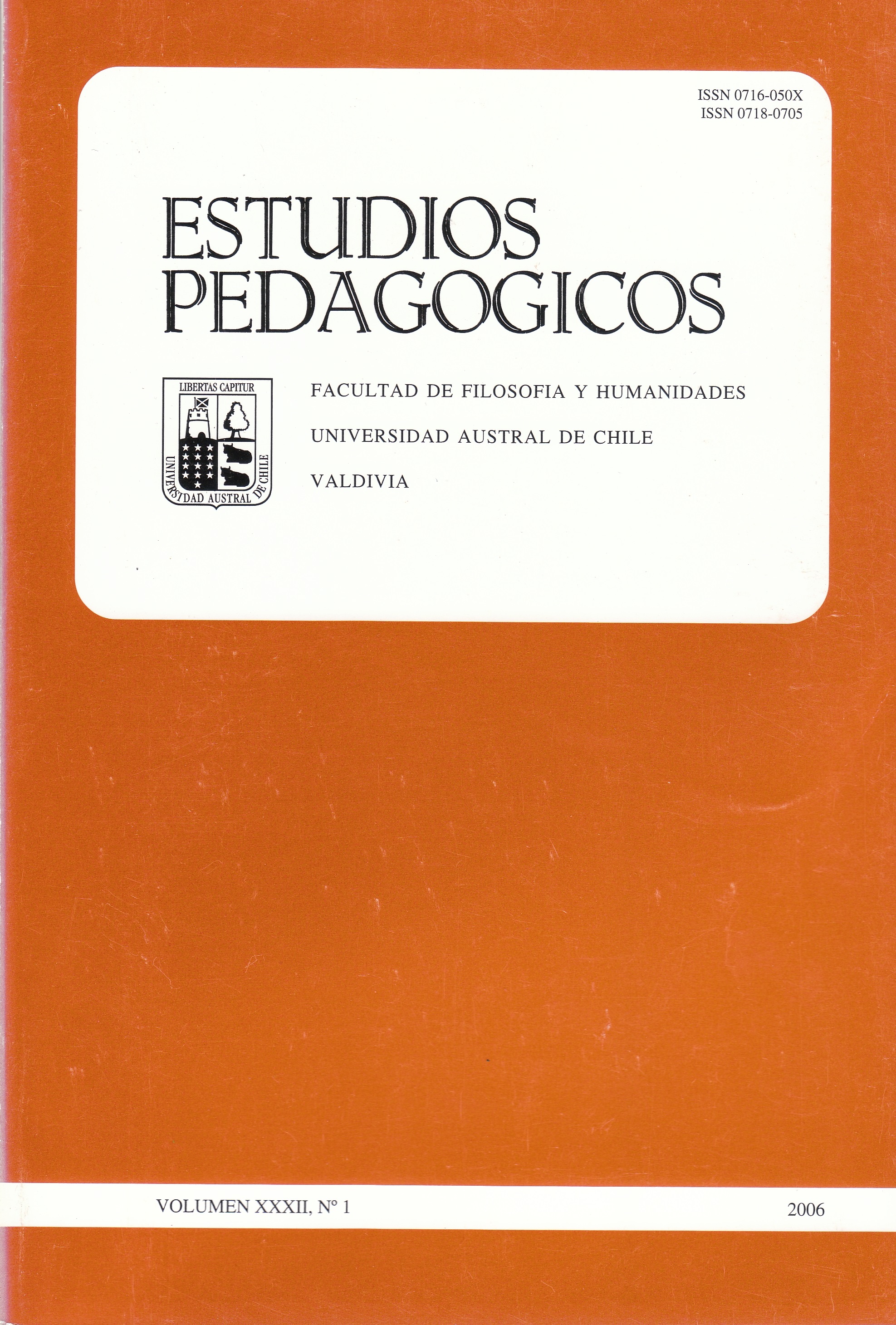Learning styles and thinking styles among university students
Main Article Content
Abstract
Our project research attempts to identify learning styles and thinking styles of students' of the Major University of Temuco; to correlate them to each other and to verify their incidence in the academic achievement.
Methodology: We worked with a sample of 226 second year students, Arts, Economy and Education, whose 97 were male and 129 women. Two instruments were applied : The Gregorc Style Delineator (DEG) and the Integral Diagnosis of Cerebral Dominance (DIDC).
The results of application of the DIDC were: Subjects of the sample manifest: a non dominance; a prevalence of the limbic hemisphere on the cerebral one, and of the left one on the right; a prevalence of the quadrant B; a simple dominance.
The results of application of the DEG were: Among subjects of the sample is noticed that: the dominant style is the Concrete Sequential, and the less dominant is the Abstract Random; they spread to prefer more the sequential thing that the random thing, and more the concrete thing that the abstract thing as learning modality.
Almost all the thinking styles associate significantly with almost all the learning styles; the thinking styles have an effect statistically meaningful in the four learning styles. The study careers produce an effect statistically meaningful in learning styles and in thinking styles. There are a strong interdependence and relationship between the qualifications and the Concrete Sequential style.
It doesn't exist meaningful association neither positive correlation between thinking styles and learning styles on one hand and the academic achievement for another.

